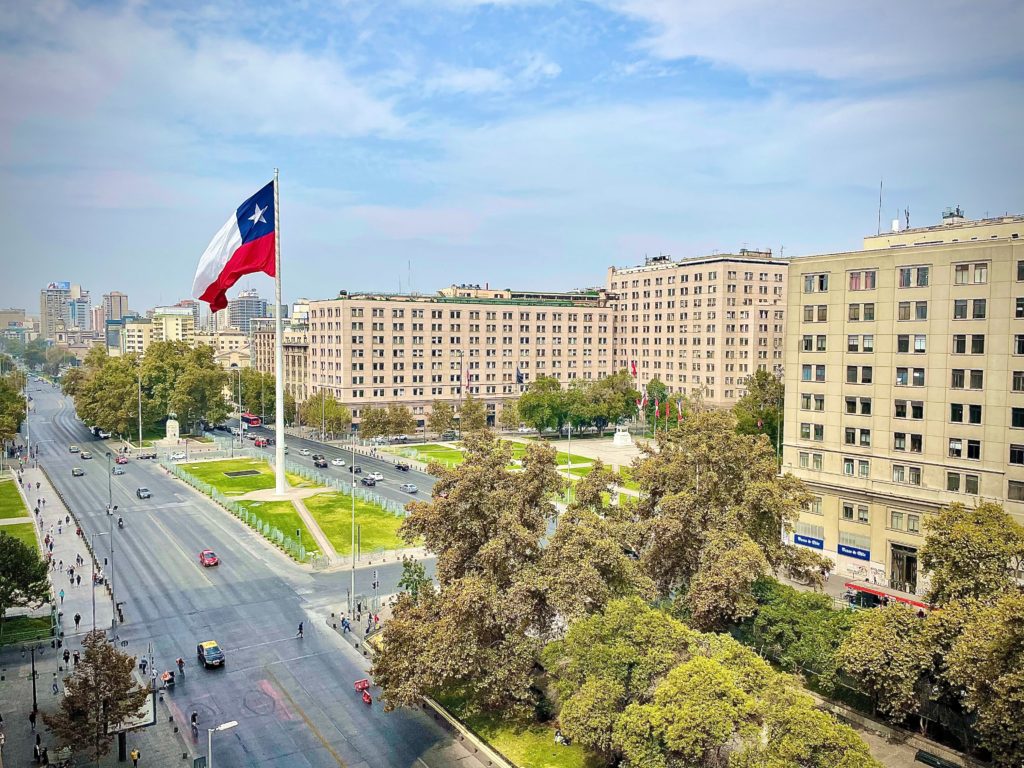
Finland, just like other European countries such as France, owes its regulations on anti-money laundering and counter-terrorism financing to the European Directives that have been developed over the years. This is why the definition of a PEP (Politically Exposed Person) provided by the Nordic country is closely tied to this European legal instrument.
Continue reading “Finland and its definition of PEP”








